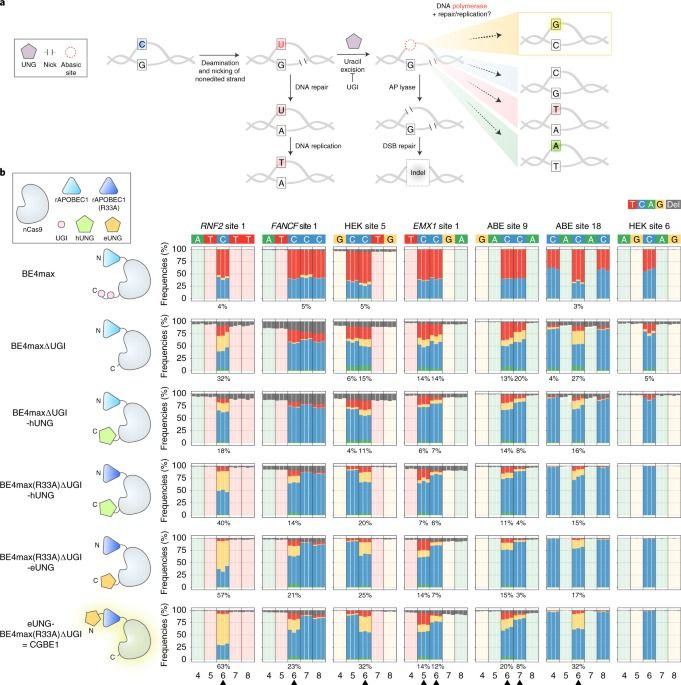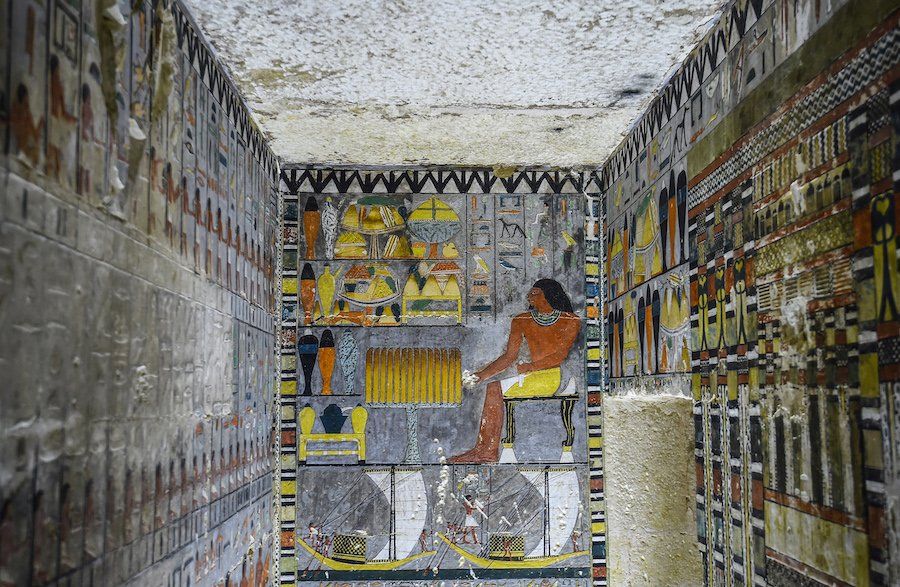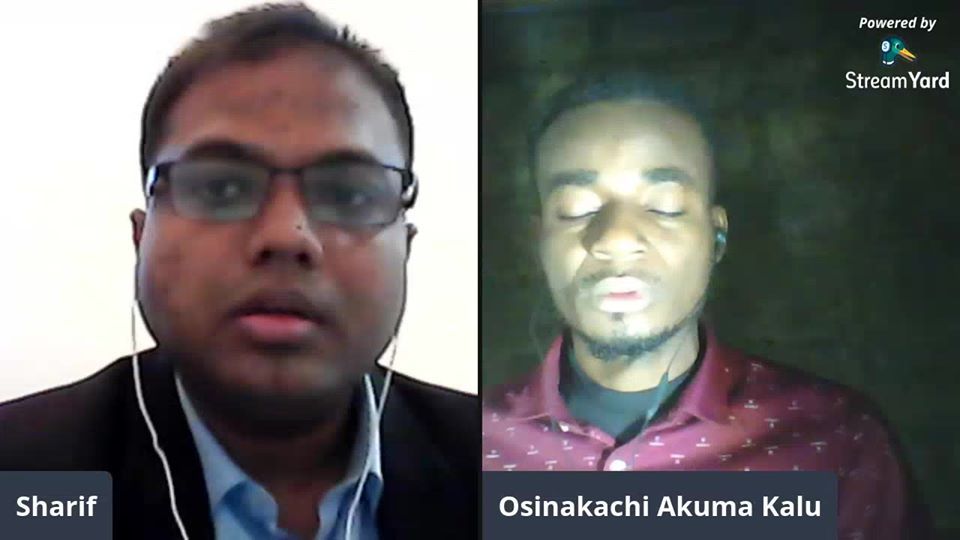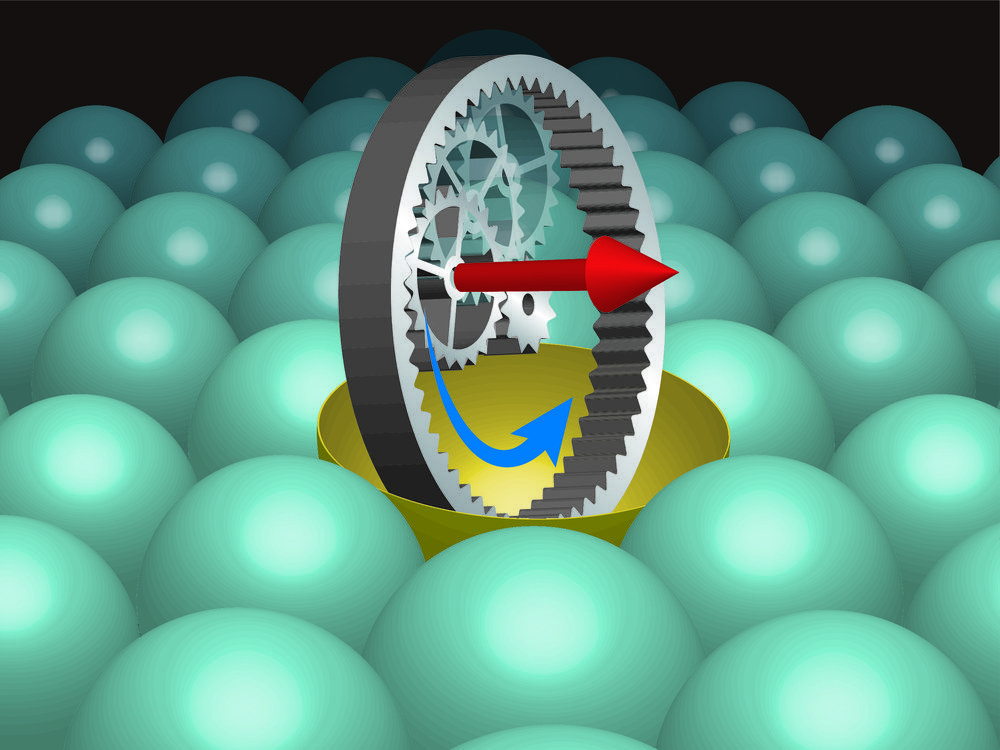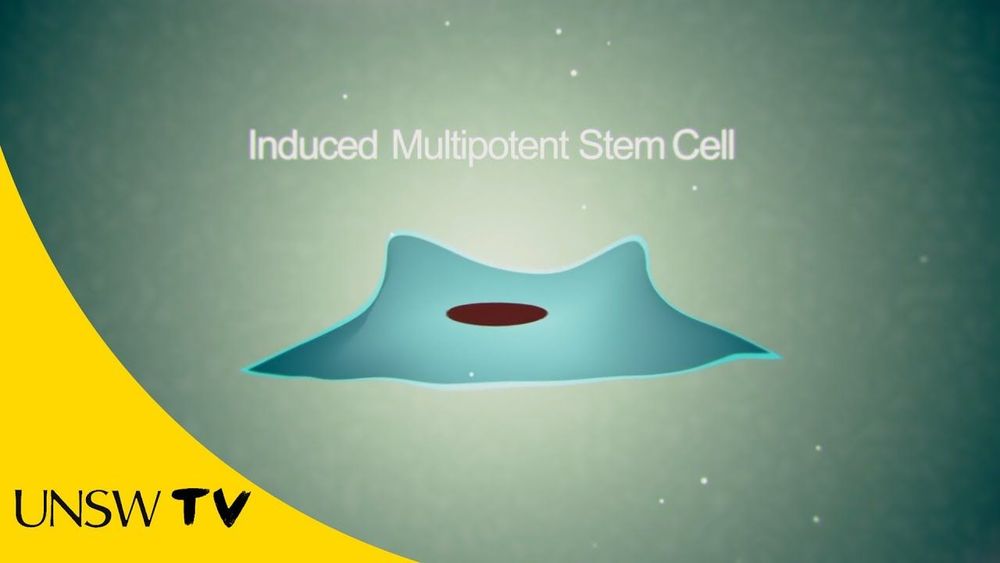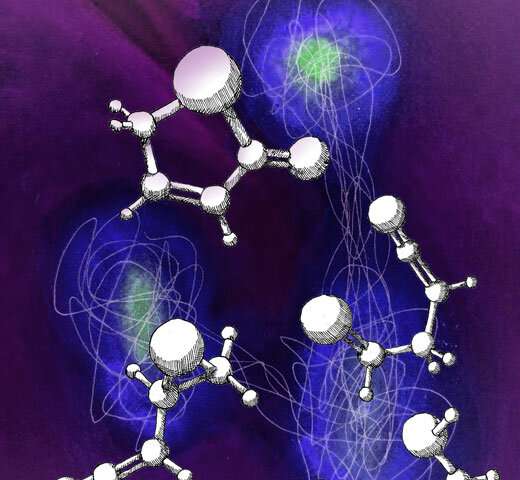Jul 21, 2020
CRISPR C-to-G base editors for inducing targeted DNA transversions in human cells
Posted by Genevieve Klien in categories: biotech/medical, engineering
CRISPR-guided DNA cytosine and adenine base editors are widely used for many applications1,2,3,4 but primarily create DNA base transitions (that is, pyrimidine-to-pyrimidine or purine-to-purine). Here we describe the engineering of two base editor architectures that can efficiently induce targeted C-to-G base transversions, with reduced levels of unwanted C-to-W (W = A or T) and indel mutations. One of these C-to-G base editors (CGBE1), consists of an RNA-guided Cas9 nickase, an Escherichia coli –derived uracil DNA N-glycosylase (eUNG) and a rat APOBEC1 cytidine deaminase variant (R33A) previously shown to have reduced off-target RNA and DNA editing activities5,6. We show that CGBE1 can efficiently induce C-to-G edits, particularly in AT-rich sequence contexts in human cells. We also removed the eUNG domain to yield miniCGBE1, which reduced indel frequencies but only modestly decreased editing efficiency. CGBE1 and miniCGBE1 enable C-to-G edits and will serve as a basis for optimizing C-to-G base editors for research and therapeutic applications.
